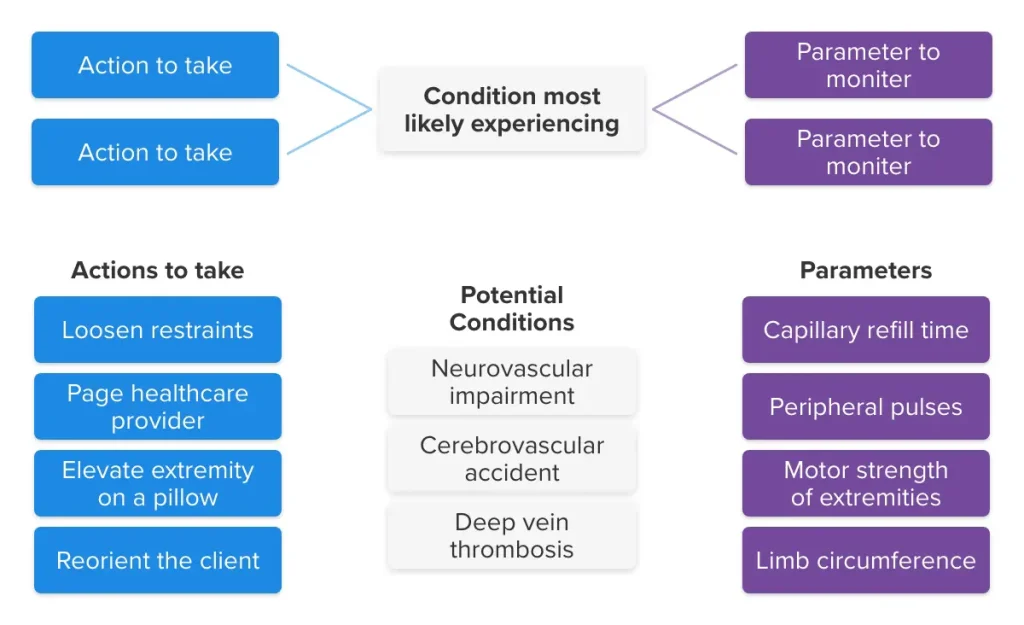Now that you're almost finished with nursing school, you're closer than ever to fulfilling your calling as a nurse. However, before you begin your career as a practicing clinician, there is one more hurdle to overcome — passing the Next Generation NCLEX® (NGN). This may be the hardest test you'll ever take, and the updated exam will introduce new bow-tie questions to assess your clinical judgment.
Bow-tie questions are among the most challenging of the new NGN question types because they evaluate all six steps of the clinical judgment measurement model within a single question. However, not all candidates will see a bow-tie question on the updated exam. Only those who continue testing beyond the minimum-length exam of 85 questions will receive a scored bow-tie question.
Although you might not encounter a bow-tie question on the NGN, practicing this challenging question type can boost your confidence and reduce exam anxiety. As you become more comfortable with challenging questions, you’ll feel better prepared for the actual exam.
Here are some tips for answering bow-tie questions on the NGN:
1. Read the question carefully
The first step in breaking down any complex question is to read it carefully. Take your time to ensure you fully understand what the question is asking. Avoid rushing through it, as you may miss important details that could affect your answer.
2. Identify the main question
Once you've read the question, identify the potential condition [center of the bow-tie] first. This is the main question that it's asking. Identifying this can help you focus on what you need to answer and prevent you from getting sidetracked by supporting information in the scenario.
3. Look for keywords
Look for keywords in the question that can provide clues about what it’s asking. These may include terms like "first," "priority," or "increased/decreased." Understanding what the question is asking you to do can help you approach it more effectively.
4. Break the bow-tie question into parts
Now that you have identified the potential condition, fill in the “actions to take” [left of the bow-tie] answer choices. Treat each potential answer in the “actions to take” column as a true/false question. Once you have selected 2 actions, proceed to the “parameters to monitor” [right of the bow-tie] column and repeat the process.
5. Check your work
Once you have selected all your answer choices, double-check your selections to make sure they are correct. If you're not sure, go back and review the question and answer choices for clarification.
6. Practice answering bow-tie questions
The best way to prepare for the new item types on the exam is through practice. This will help you develop the skills you need to answer bow tie questions efficiently and accurately, boosting your confidence for the exam.
While the Next Generation NCLEX may be challenging, with practice and the right approach, you’re likely to succeed. As you prepare for the exam, it’s essential to understand all the new question types, including bow-ties. By carefully reading the question, breaking it down into parts, double-checking your work, and practicing, you can master this new question type!







